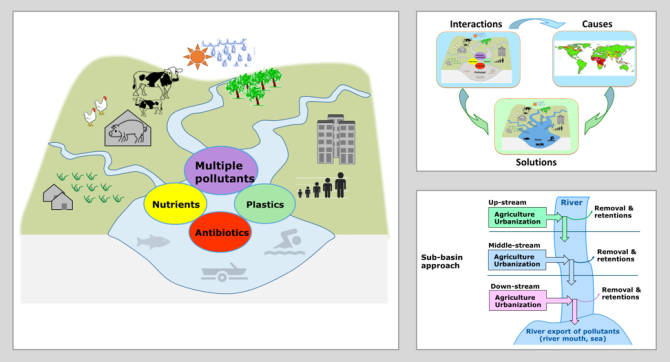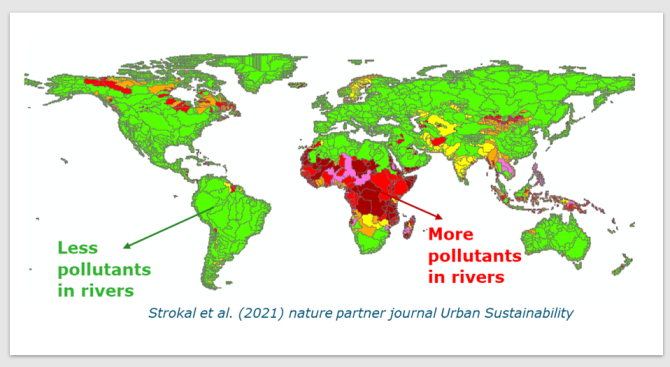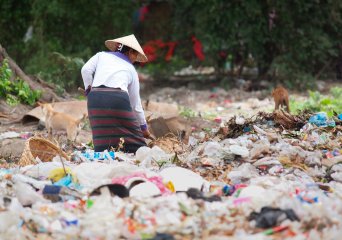
The MARINA models
MARINA Family
In short, MARINA is a Model to Assess River Inputs of pollutaNts to seAs.
We develop the MARINA family consisting of interdisciplinary, sub-basin scale models. Our MARINA models focus on multi-pollutant issues under global change. The models aim to quantify the levels of multiple pollutants in water, their sources, and trends in relation to interactions between climate and socio-economic systems at different scales in time (annual, seasonal) and space (past, present and future). The models are used to explore effective solutions under global change.
MARINA sub-themes
Our MARINA models are developed along the four pollution sub-themes: Multiple pollutants, Plastics, Antibiotics and Nutrients. These sub-themes consist of specific versions of the models. We invite you to visit the sub-themes that illustrate the model descriptions and examples of the modelling outcomes.
MARINA modelling approach
We develop new, multi-pollutant modeling approaches to enhance our knowledge in interactions between water pollutants (eutrophication, plastics, antibiotics) and society under global change. We develop the sub-basin scale approaches that promote new thinking on solutions for clean water with synergies and trade-offs in pollution control. Our approaches can help to learn about pollution causes, interactions and support debates on effective solutions for rivers in over 10,000 sub-basins. We study interactions in pollution control. We teach and communicate our modeling approaches to society. Figure 1 shows the modeling approach, and Figure 2 shows an example of the model outputs.
Why we develop the MARINA models
We aim to contribute to effective solutions for clean water for all (the figures below). We aim for solutions that can be accepted by society. We explore options for clean water for people’s consumption (drinking) and activities (agriculture, recreation), and to sustain nature.





